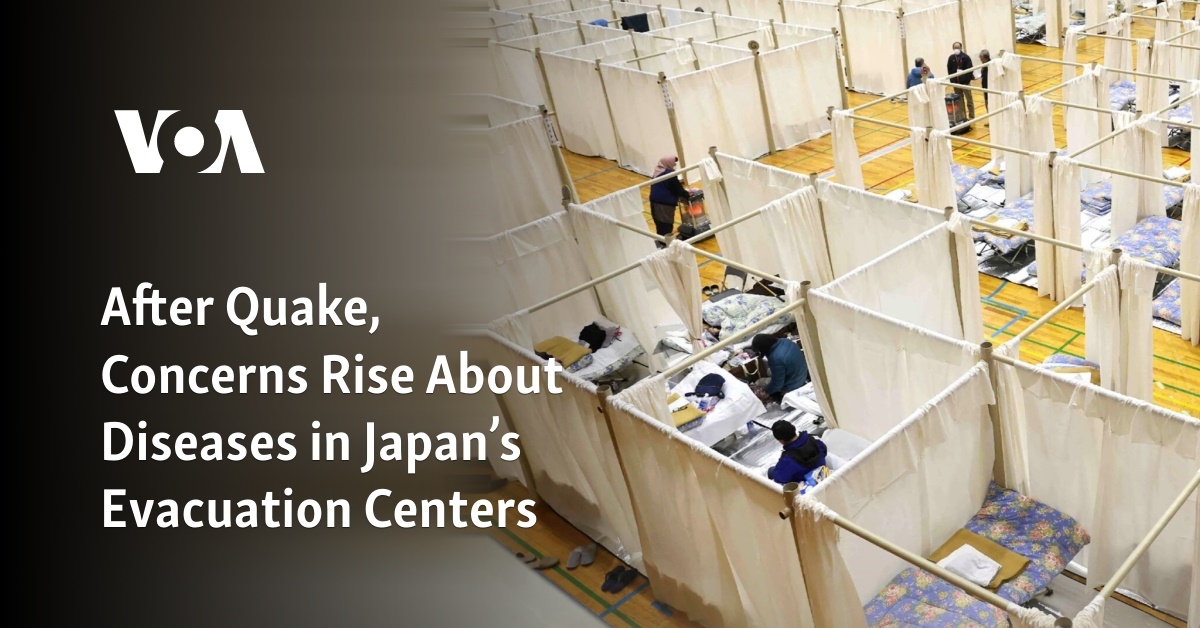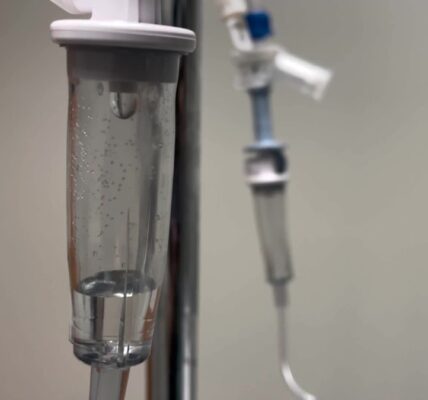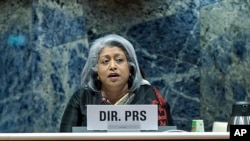Following the earthquake, there has been an increase in worries regarding the potential spread of diseases in Japan’s evacuation centers.

On Sunday, Prime Minister Fumio Kishida of Japan visited the Noto region in the country’s north-central area for the first time since the tragic earthquakes on January 1st. This visit was intended to address the increasing worries about the slow progress of relief efforts and the potential spread of illnesses in evacuation centers.
An earthquake with a magnitude of 7.6 caused the death of 220 individuals and 26 are still unaccounted for. Hundreds were also injured by the disaster. According to the Fire and Disaster Management Agency, over 20,000 people have sought shelter in approximately 400 school gymnasiums, community centers, and other temporary accommodations due to damage or destruction of their homes.
The earthquake has caused damage to roads, which is making it difficult for rescue teams. While supplies have been delivered to most affected areas, those in remote locations are not receiving enough assistance. Furthermore, in the heavily impacted towns of Noto, Wajima, and Suzu, half of the population is made up of elderly residents who are at risk of declining health, according to officials and experts.
Kishida, dressed in his disaster response attire, paid a visit to a junior high school that is currently functioning as an evacuation center in Wajima. Officials at the center showed him the dire living conditions of the evacuees and expressed concerns about the potential spread of infectious diseases, such as influenza, COVID-19, and stomach flu, due to the absence of running water.
The prime minister expressed his sincere concern for the conditions of the evacuees and assured them of his support. He stated, “We will make every effort to give you hope for the future.”
Local and central government officials have announced plans to offer free hotel and apartment accommodations to evacuees in order to avoid potential health issues and the risk of death at evacuation centers. These accommodations will be located further away from their original neighborhoods until temporary housing is available. However, many residents are choosing to remain in their homes, concerned about the destruction of their properties, possessions, and communities.
On Friday, Governor Hiroshi Hase of Ishikawa urged the residents to consider temporarily relocating to suggested facilities in order to get better rest and “safeguard your well-being.”
Dr. Mototaka Inaba, leader of the international relief organization Peace Winds Japan, stated during an NHK talk show on Sunday that it is crucial for elderly residents to be evacuated again due to medical concerns. However, this should be done without causing isolation.
In a previously recorded interview with NHK, Chief Cabinet Secretary Yoshimasa Hayashi emphasized the significance of considering the community, employment, and education of the residents in the process of relocation.
Kishida’s government has faced criticism for a perceived delay in their disaster response.
The Cabinet has authorized a budget of 4.7 billion yen (equivalent to approximately $32 million) for aid purposes and is supporting the recommendation for a secondary evacuation, including relocation to facilities in the capital area.
Source: voanews.com




